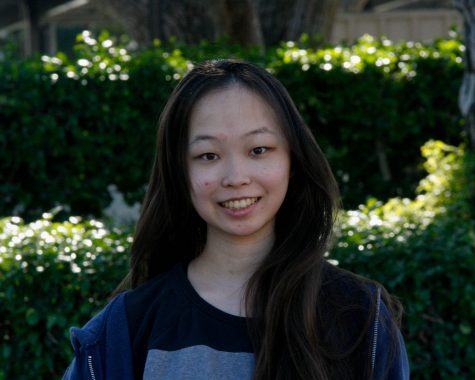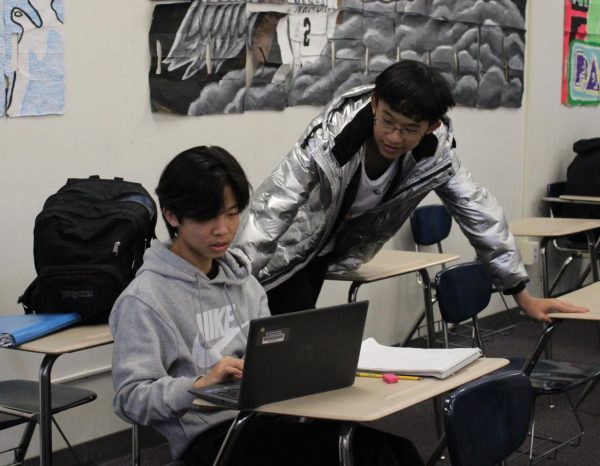Influx Of Students Causes Extensive Master Schedule Changes
October 2, 2019
Extensive changes were made to the master schedule in order to accommodate for the unexpected enrollment of over 120 students, resulting in alterations to a third of UHS students’ schedules. Ten new sections were added in order to balance classes, which had become overloaded due to the influx of students.
When creating schedules for students, administration and counselors use the course selections submitted by students in May to form a preliminary scheduling structure called the master schedule. The master schedule compiles student course selections while taking into account factors such as class size to create an overarching schedule that is able to accommodate the maximum number of student schedule requests.
Another factor that must be taken into consideration is the number of students that will actually enroll. Students may move out of IUSD without notifying the school or move in from other districts over the summer, making exact estimates of student enrollment difficult. Although Irvine’s population has continued to grow rapidly, with the US Census Bureau ranking the city 14th for highest population growth, enrollment at Uni has been in decline over the last three years due to an aging population within Uni’s school boundaries and the opening of Portola High School.
This three-year decline in enrollment caused IUSD and Uni to underestimate enrollment by approximately 120 students, resulting in overcrowded classes at the start of the school year. According to Head Counselor Angelique Strausheim, many of these students had come from outside the school district, making it difficult to anticipate their arrivals.
“[These schedule changes] are something that happens every year as we can never fully predict the exact number of students that we will have in any given school year,” Strausheim said.
Although many of the new students had enrolled throughout the summer, once UHS admin and IUSD officials had formulated their initial estimate of how many students would attend, the administration and counselors were unable to open up more sections to accommodate the influx of students until the start of the school year. This is due to district practice, which typically does not allow for the addition of sections until two weeks into the school year in order to avoid empty sections, which can cost an average of $15,000 per section. IUSD is one of the lowest funded districts in California, which is ranked 41st in per-pupil funding according to the National Education Association.
“IUSD is typically very conservative about adding sections,” said Assistant Principal Mr. Matthew Pate. “We want to see the whites of their eyes [before we add sections to the master schedule]”.
However, due to the high volume of unexpected students, IUSD granted Uni permission to add sections earlier, first approving the addition of five sections on August 24th, and then another five sections on August 31st.
These ten section additions resulted in over one third of the student population having their schedules changed in order to fill up the new sections and balance overloaded classes, regardless of whether they were new or returning IUSD students.
“Balancing the master schedule is a difficult task. Any student who has a schedule that can be moved in order to lower class size [was] looked at,” said Strausheim.
University High School has had similar scheduling issues in the past. Seven years ago, the addition of 20 new sections, due to much higher enrollment than expected, resulted in around 2300 out of 2800 total Uni students having their schedules changed.
In order to mitigate the effects of schedule changes on students, administration and counselors have certain policies set in place aimed at preventing unnecessary schedule changes.
For example, counselors typically will only grant schedule change requests if there is already room available in the section in order to prevent students already in that section from having their schedules changed due to lack of room in that section. According to Strausheim, over 700 students had made course requests and approximately half were granted in order to “prevent more changes to the student schedules than already had been made”.
Many students who had their schedules changed felt that admin and counseling had not explained to students why the schedule changes had occurred, while others felt that they had not been notified of the changes sufficiently in advance.
“I think they should have told us a long time ago about what was going to happen, and they should have been a lot more transparent so that even though the schedule changes were necessary, we would know [that they would happen] beforehand,” said junior Daniel Feng.
However, most were ultimately resigned to the changes to their schedules.
“I think that if it had to be done, it’s good that they [did] as soon as possible,” says Feng. “And hopefully in the future, they can anticipate an issue again, and take care of it.”













